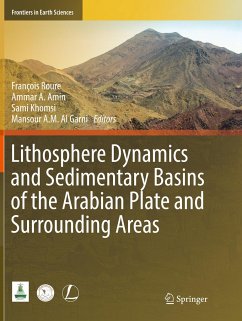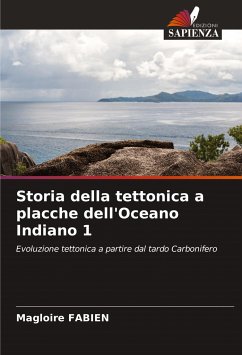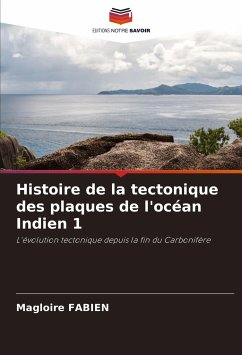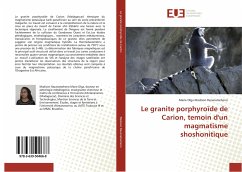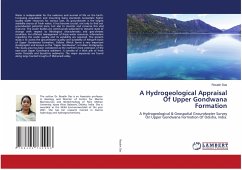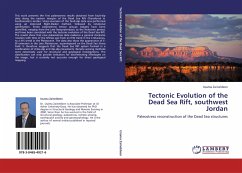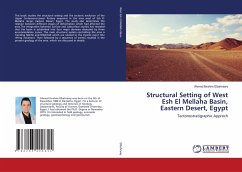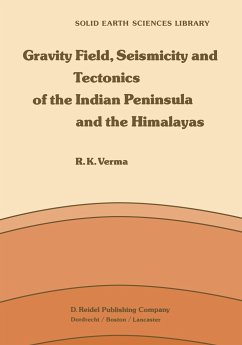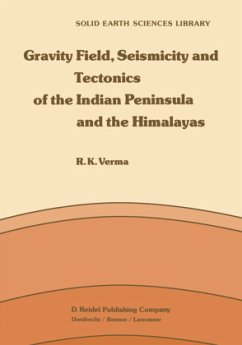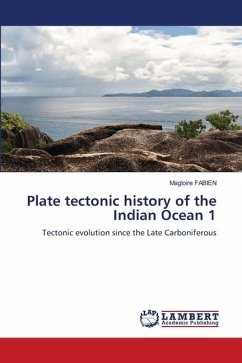
Plate tectonic history of the Indian Ocean 1
Tectonic evolution since the Late Carboniferous
Versandkostenfrei!
Versandfertig in 6-10 Tagen
29,99 €
inkl. MwSt.

PAYBACK Punkte
15 °P sammeln!
The Mesozoic split of East-Gondwana (EG) was controlled by N-S convection currents (CC) made up of three branches. The fragmentation occurred in five periods, each period being preceded by mid-oceanic ridge closings and jumps. The process started with the side interaction of the newly formed off-South African E-W CC with EG in Lower Cretaceous. Aptian rifting activities occurred between Madagascar/India and East-Antarctica/Australia. Seafloor openings followed with the creation of the Bay of Bengal and the Western Enderby Basin. Northward ridge jumps in Cenomanian led to eastward opening of th...
The Mesozoic split of East-Gondwana (EG) was controlled by N-S convection currents (CC) made up of three branches. The fragmentation occurred in five periods, each period being preceded by mid-oceanic ridge closings and jumps. The process started with the side interaction of the newly formed off-South African E-W CC with EG in Lower Cretaceous. Aptian rifting activities occurred between Madagascar/India and East-Antarctica/Australia. Seafloor openings followed with the creation of the Bay of Bengal and the Western Enderby Basin. Northward ridge jumps in Cenomanian led to eastward opening of the Eastern Enderby Basin and the rifting activities between Madagascar/India and between East-Antarctica/Australia. Subsequent oceanic openings were characterized by the dispersal of the Enderby CC and a backward ridge propagation. Sidelong collisions with the Enderby CC led to ridge closing in the Mascarene Basin and fusion of the two CC between the Seychelles and India. The western CC got separated from the central ones in Late Tertiary. Northward ridge jumps from SWIR at C5 generated the East-African Rift system. A last rifting phase started in the Pleistocene predating the crustal breakup.





